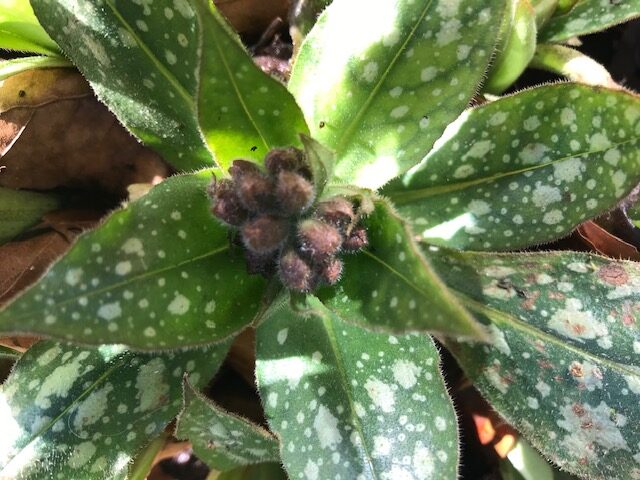The garden is starting to stir. The light is growing, the buds are swelling and the plants are sprouting into growth
Take a look outside. Whether you have a garden or not, spend some time in nature. What can you see showing signs of life? The snowdrops are flowering. Other spring flowering bulbs are starting to show their leaves and shoots. Spring is in the air. These emerging plants are vital food source for our garden bees.

This mild weather is breathing life into nature. But it’s not just the plants that are stirring. Beneath the soil, within our garden walls, and deep in cavities and crevices are overwintering bees in various stages of life. Some are the Queen bumblebees mated last summer, who have hunkered down for the winter ready to emerge in spring. Some are the solitary bees wrapped in silken threads waiting to chew their way out their swaddling cloths and seek their mate. And of course the honeybees are raring to forage on any mild winter morn. But beware the false spring. It’s early February when the bees should still be in winter torpor. If this mild spell entices them to emerge (and I’ve heard reports of the odd Queen bumblebee out and about) it could be a dangerous time for them.
Starting a nest is a precarious business. A few warm days followed by a harsh cold snap can cause an early emerger to fail, just when she was starting to build her nest. Disaster. If you find an ailing bee, be ready to administer ‘Bee Rescue’ to give your bee a fast energy source. Simply mix equal parts of sugar to warm water and dissolve the sugar. Present to the bee as a cool droplet near to her face and allow her to soak it up.